Picture it. Your young student just returned from school beaming from ear to ear, raving about their space-themed classroom and what they are learning in the context of this larger topic. At first, you chalk it up to an overactive imagination and assume they’re embellishing a few classroom details.
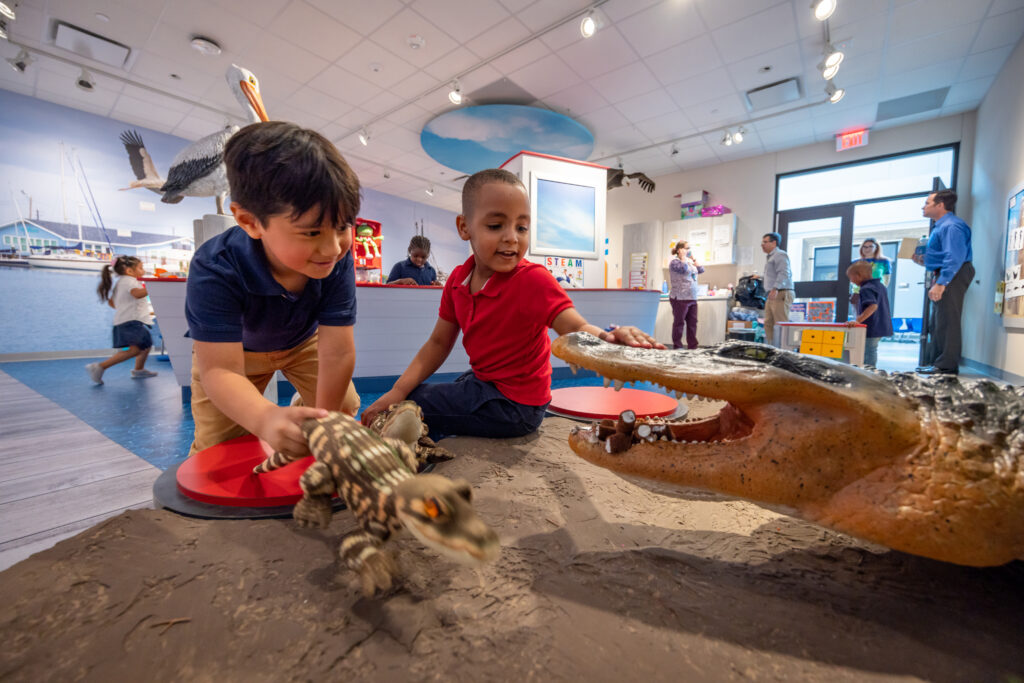
However, further conversation helps you understand your student isn’t just remarking on a few toys and posters around their classroom — they’re part of a burgeoning phenomenon in education that puts play-based learning front and center and sets students up for success and better outcomes down the line: experiential early childhood education.
Many classroom settings emphasize more of a “stations” approach — that is, one part of the classroom might be dedicated to books and literacy, another to writing, mathematics, and so on. These stations operate largely independent of one another, and there isn’t a common thread that stitches them together.
While this is certainly a viable way to mold young minds, missing is an overarching anchor concept that students need to put their learning into practice. According to Nabors, Edwards, and Murray’s research, “concept development is optimized through active, explorative experiences.”
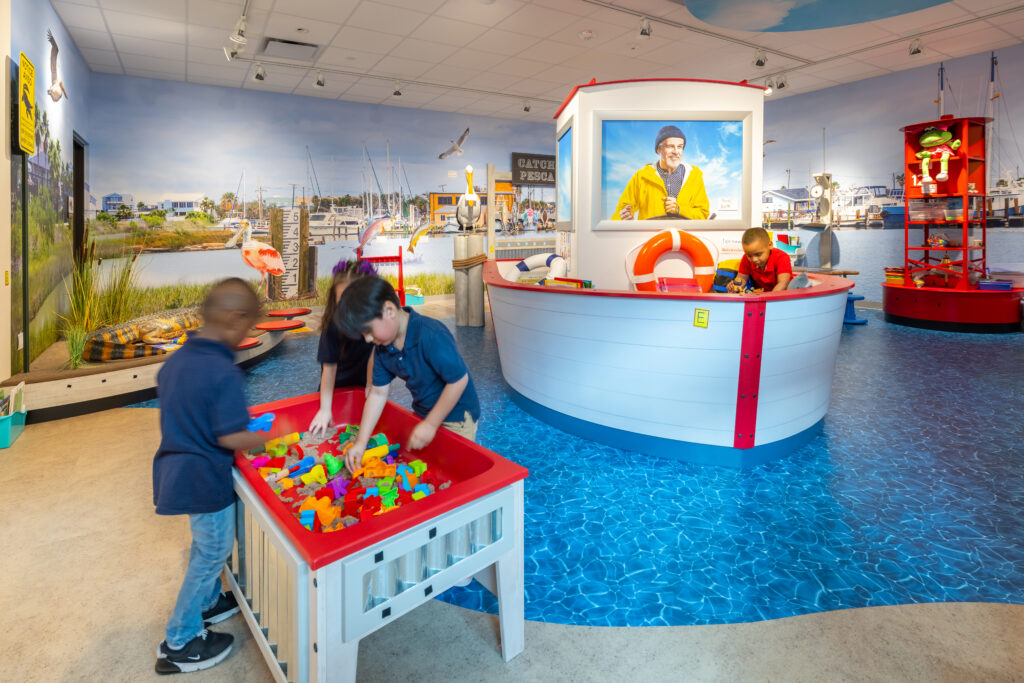
Experiential learning ensures that the traditional classroom curricula of reading, writing, math and the like remain intact but are taught through the lens of a larger theme. This can be something anything, such as outer space or something regional and meaningful to the school’s location, like the beach.
Before further digging into the virtues of experiential learning, it’s important to first understand more about why this modality is so beneficial in the first place.
Zooming out: The achievement gap and the importance of building background knowledge
One of the main issues plaguing education today is the achievement gap, which occurs when a group of students “outperforms another group, and the difference in average scores for the two groups is statistically significant.”
An experiential learning classroom or center isn’t just a single room or a school, it’s a thoughtfully crafted space that keep student’s emotional and educational needs at center stage.
The achievement gap is largely tied to economic status and poverty levels, coupled with a lack of background knowledge, or prior information students build upon when engaging with new material.
This deficiency can impede a learner’s ability to grasp complex concepts and keep pace with peers, thus widening the gap further and contributing to a vicious cycle.
So, how do we counter this extreme sense of urgency and make strides to bridge the gap and do right by learners everywhere? At Huckabee, a design firm specialized specifically in the education field, closing the gap starts and ends with experiences.
In other words, ensuring that students have a level playing field in terms of access to field trips, language and words used to instruct them, and, perhaps most importantly, school settings that prepare them for their careers and life beyond graduation.
This is where thoughtful, experiential learning center design comes in. Every space that a child encounters in a classroom should support the curriculum, their school experience, and their social and emotional wellbeing, enabling them to thrive alongside their peers.
Zooming in: What this type of learning looks like in practice
An experiential learning classroom or center isn’t just a single room or a school, it’s a thoughtfully crafted space that keep student’s emotional and educational needs at center stage. Nair, Doctori, and Elmore said it best in their research, that “rich learning experiences occur at the nexus of great environments and a compelling curriculum.”
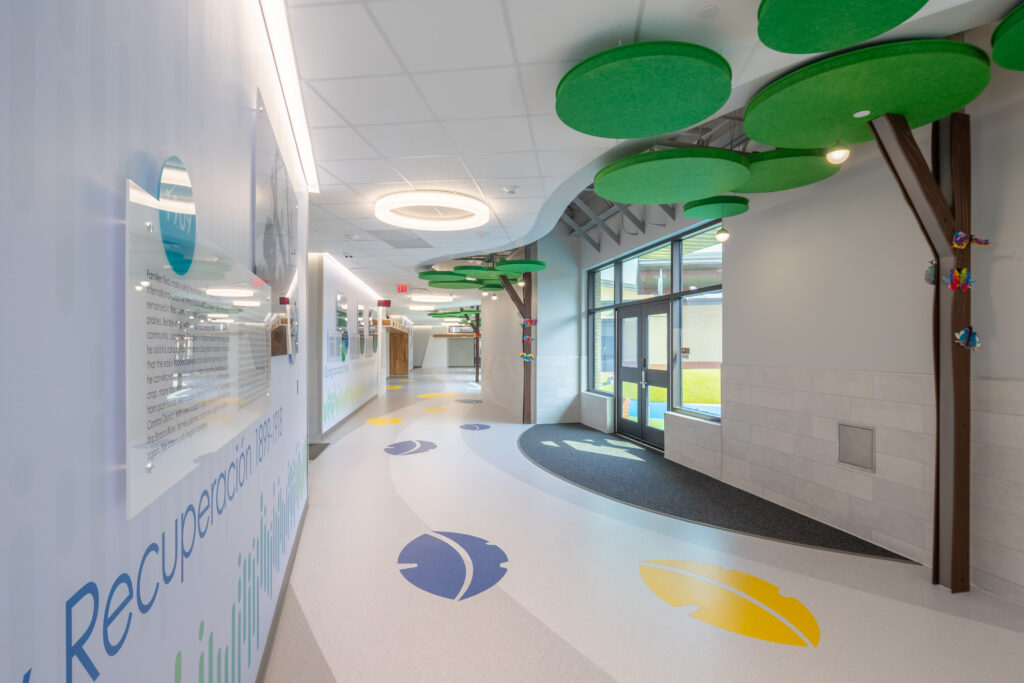
In Texas, nowhere is this more evident than in Alief ISD, which serves nearly 50,000 students every year, roughly 80% of whom come from low-income families at risk for the achievement gap. To promote and safeguard the educational success of students, Alief collaborated with Huckabee and Mansfield ISD to plan, create, and execute the construction of new early childhood learning centers while repurposing existing school classrooms.
The outcome? A rich, immersive educational environment for thousands of young learners through of lens of concepts like space, the environment and outdoors, the ocean, and more. Alief offers students access to hands-on activities that promotes active engagement in their learning journey.

On a slightly smaller but no less effective scale, also in Texas, Longview ISD’s Montessori academy houses students in pre-kindergarten, kindergarten and Head Start. The school is designed to support personalized and self-paced instruction with classrooms divided into small learning communities with shared amenities.
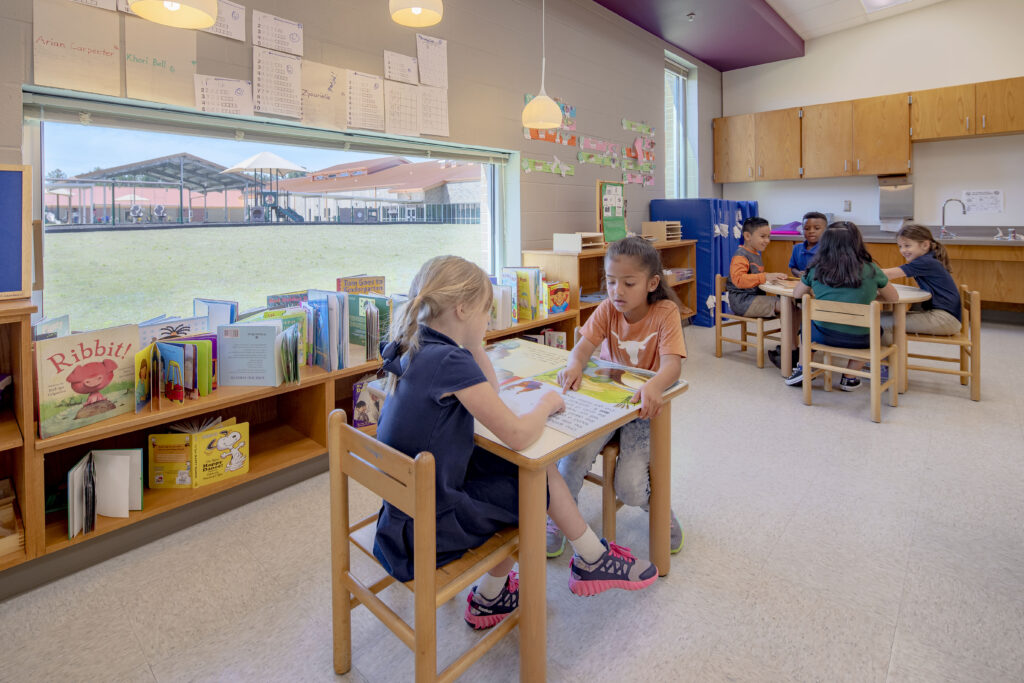
In a Montessori classroom, students have the freedom to choose activities that align with their interests and developmental needs. This fosters a sense of independence, curiosity, and exploration as students engage with materials and concepts at their own pace. Montessori classrooms support experiential learning with specially designed educational materials that encourage sensory exploration and discovery.
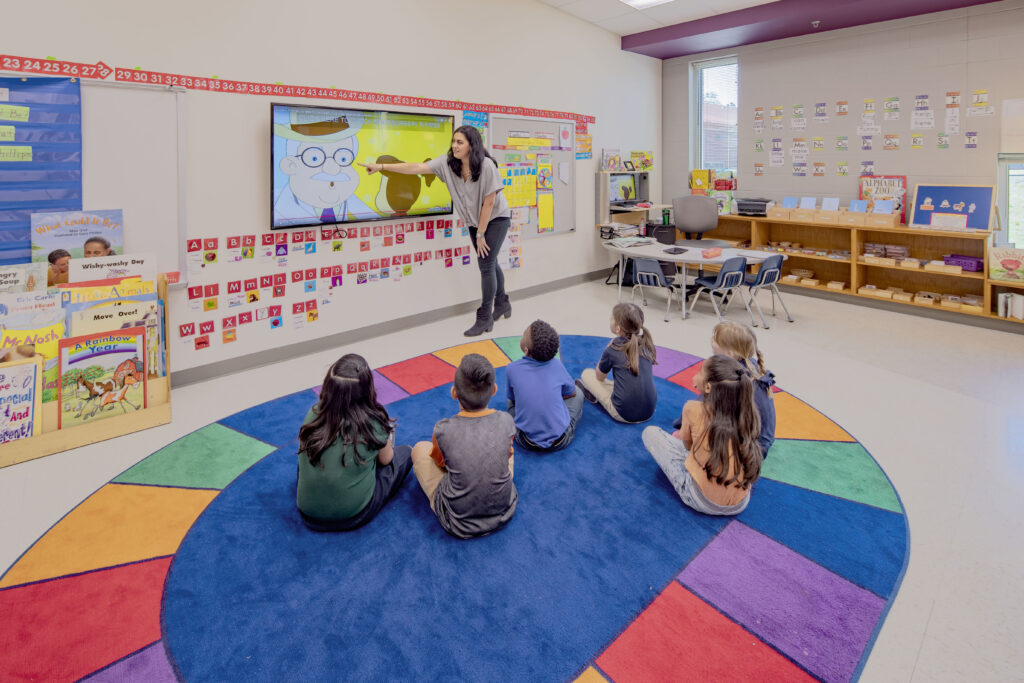
It’s important to note that a school doesn’t have to be museum-worthy to support learning rooted in experiences. A more traditional classroom approach can be perfectly suited to support students with a few key modifications.
Keller ISD in Keller, Texas, uses typical classrooms designed to cater to the needs of young children and provides a built environment compatible for them. However, as the district experienced growth, it realized need for a second early learning center for pre-school and pre-kindergarten programs.
The facility was designed with an element of fun, suitable for the age group and type of learning, with two academic wings divided into learning pods. Furniture is easy to move, supporting project-based learning, and classrooms surround an outdoor learning courtyard and play space.
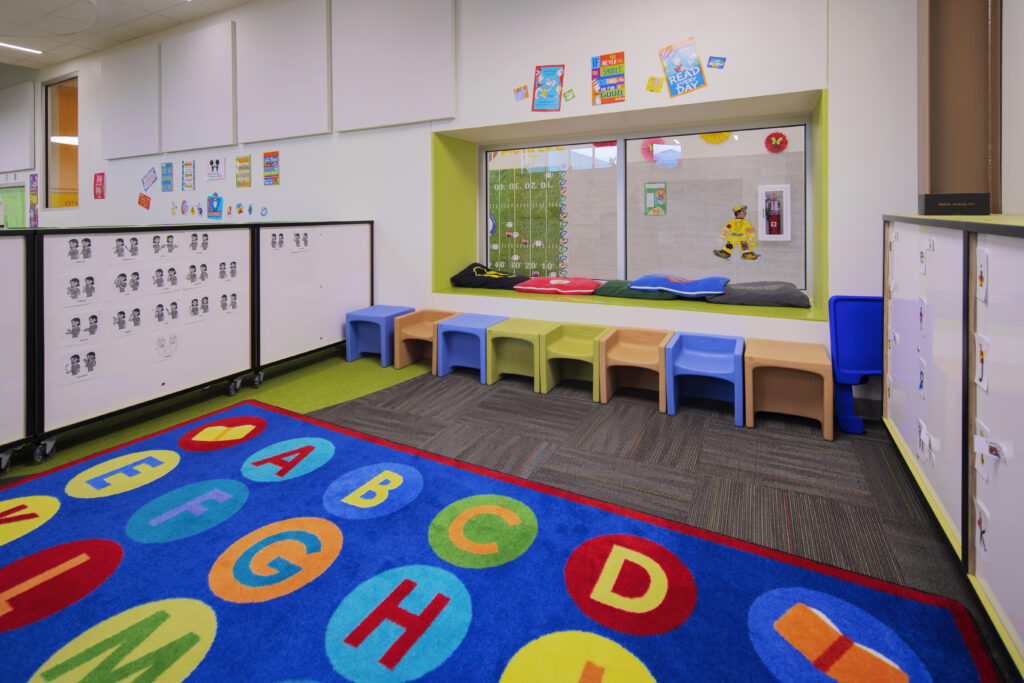
Putting it all together: Looking to the future
As we look to the future of early childhood education, it’s clear that experiential learning holds the key to unlocking the potential of every child and ensuring a level playing field for all learners. By integrating hands-on experiences, immersive environments, and thematic curriculum, it’s possible to create educational settings that inspire, engage, and empower young students to reach their full potential.
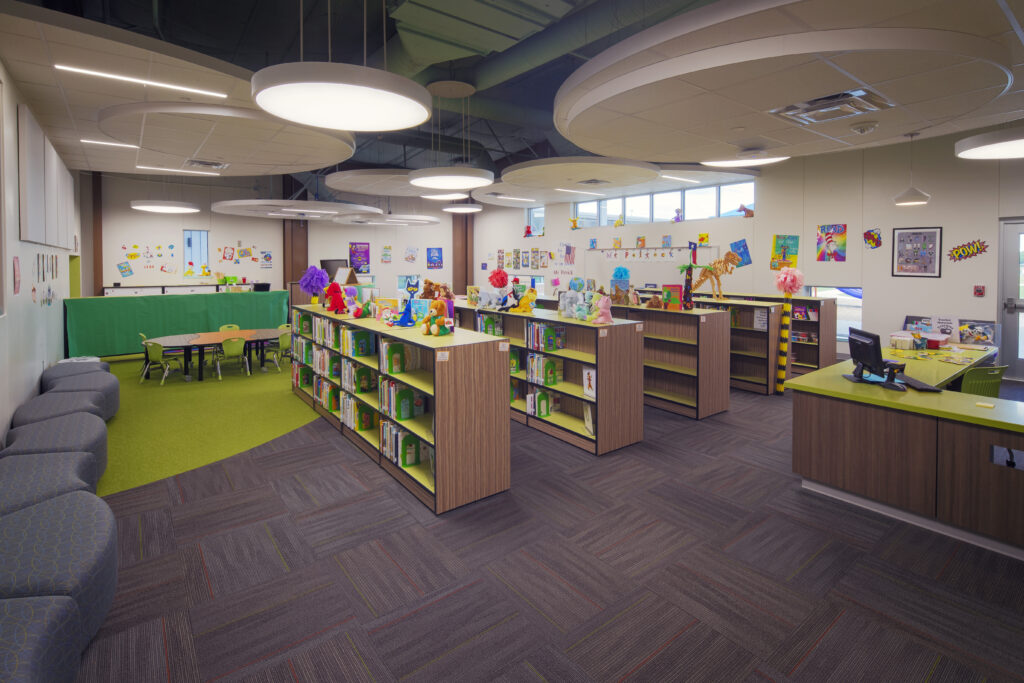
The future of learning is experiential. It’s about providing students with opportunities to explore, discover, and apply their knowledge in real-world contexts. By embracing this, we move along the path to bridging the achievement gap, helping students cultivate a deeper understanding of complex concepts, while preparing them for success in school and beyond.
Early childhood experiential education is not just about laying the foundation for academic skills — it’s about nurturing the whole child and equipping them with the tools they need to thrive in an ever-changing world.

